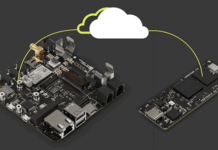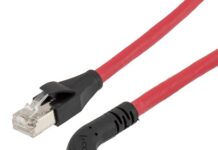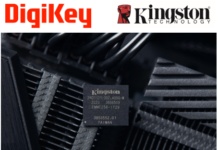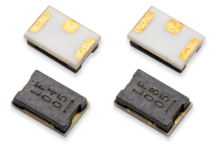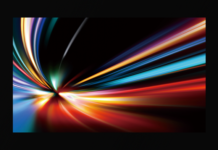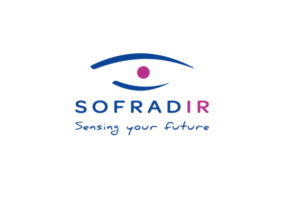
Palaiseau, near Paris, France – Sofradir, the global leader in advanced infrared (IR) detectors for aerospace, defense and commercial markets, today announces it is developing its first very large format (2048×2048) 15µm-pitch infrared detector. The supersize IR detector is designed for future scientific space observation equipment and state-of-the-art Extremely Large Telescopes (ELT) for ground observation aimed at tackling major scientific challenges.
The ALFA 2Kx2K (Astronomy Large Focal Array) 15µm pitch short-wave infrared detector will provide the highest levels of performance in Quantum Efficiency (QE), dark current and noise in order to optimize IR observations for astrophysicists.
Sofradir is collaborating with leading French research centers CEA-Leti in Grenoble and CEA-IRFU in Paris to develop the ALFA near-infrared detector through an ESA initiative. Sofradir plans to deliver a fully characterized low-flux, low-noise ALFA prototype in Q1 2019.
“Sofradir is pleased to work with partners CEA-Leti and CEA-IRFU in developing a truly evolutionary very large-format infrared detector that will contribute to the detailed study of matter in the universe,” said Philippe Chorier, space activities manager at Sofradir. “Sofradir has a long and successful track record for delivering IR detectors with proven performance, robustness and reliability. We believe ALFA 2Kx2K will enable OEMs to build new instruments, opening up new opportunities for us in astronomy and other sciences, where every single infrared application needs very low flux and low noise compatibility.”
Large format infrared detectors, greater than 1024×1024, are highly complex devices that only a handful of manufacturers in the world can produce to space-grade standards. This new low-flux, low-noise near infrared (NIR) 2Kx2K detector for space astrophysics is the result of developments the ESA initiated several years ago under its Near Infrared Large Format Sensor Array (NIRLFA) program. This is a program that Sofradir, CEA-Leti and CEA-IRFU have been working on since 2009.
The NIR detector is based on a compound semiconductor material, mercury cadmium telluride (HgCdTe), as the absorbing material. It includes a readout circuit (ROIC) with a source follower per detector (SFD) at the input stage.
The development of the detector will benefit from Sofradir’s experience as one of the leading worldwide manufacturers for IR detectors deployed in space; totaling more than 82 flight models to date. Space programs include: Sentinel 2 and Sentinel 5 (Copernicus), MTG (Meteosat Third Generation) and Exomars, among others.
“Thanks to ALFA detector, Sofradir will be able to offer a new up-to-date solution for applications in space, science and astronomy,” Chorier added.
For more information, please consult the technical paper on ‘Development and Characterization of MCT Detectors for Space Astrophysics at CEA‘ presented at the International Conference on Space Optics in 2014.
Sofradir and its subsidiaries ULIS and Sofradir-EC will exhibit a selection of top-of-the-line infrared detectors for airborne, naval, ground vehicle and space applications at the Paris Air Show, booth hall 2B G79.



